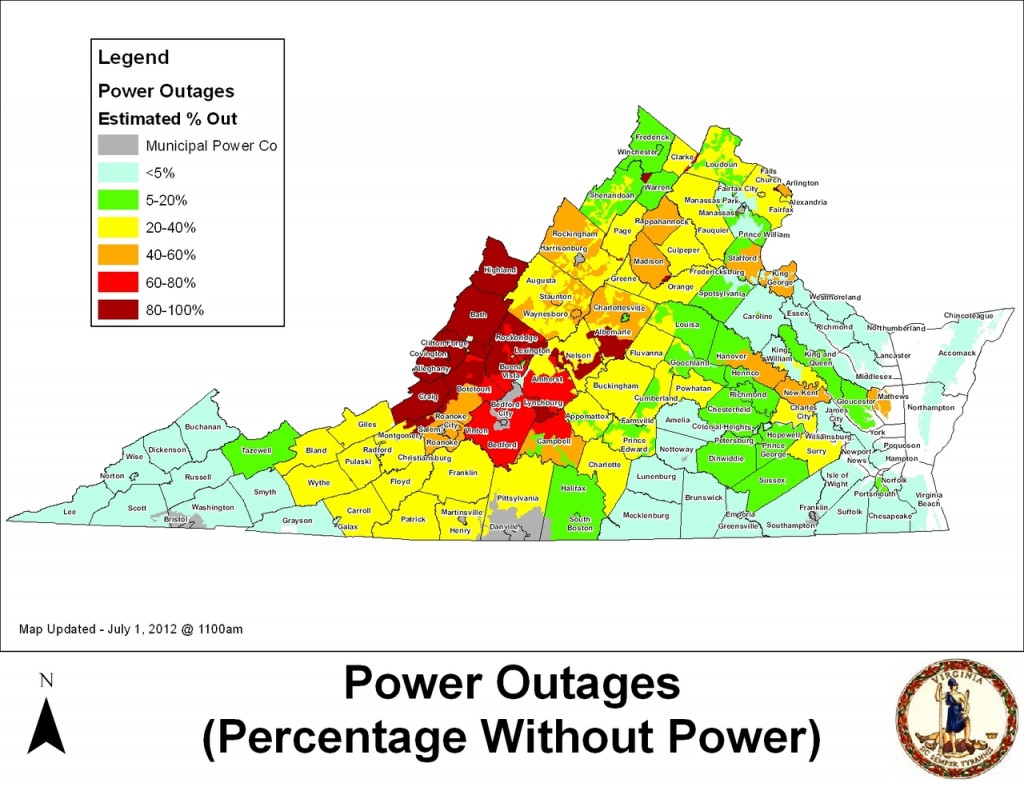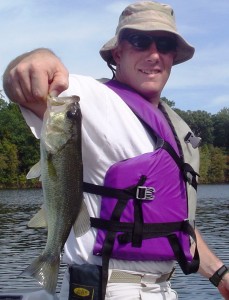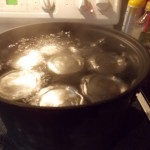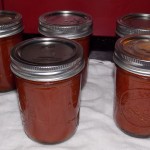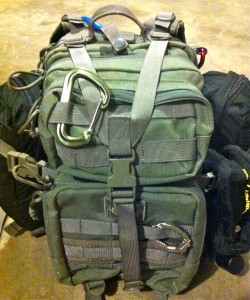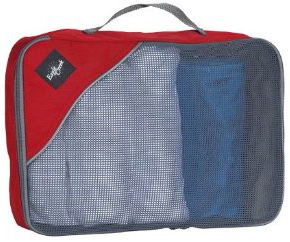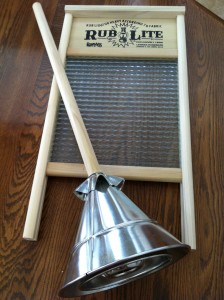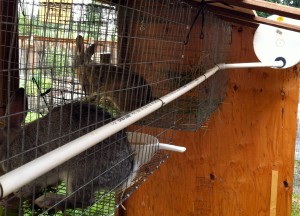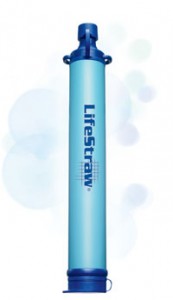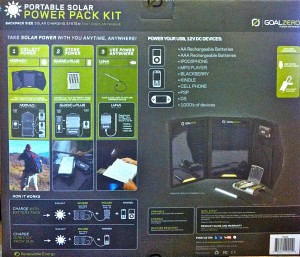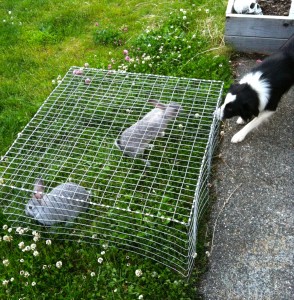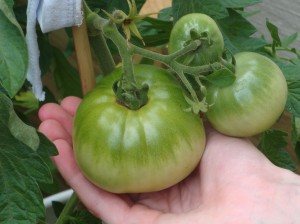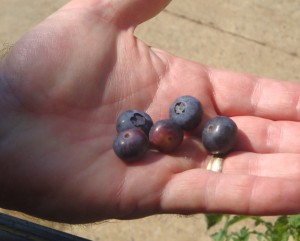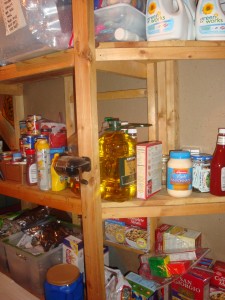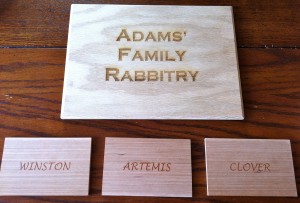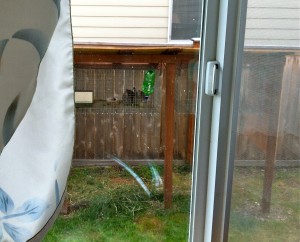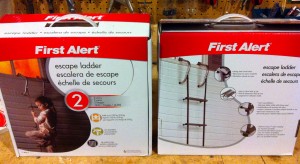S till not a lot of success in the garden, though our raspberries and snap peas are doing great. The tomato plants never got very big, but finally have a lot of buds on them and a few even have small green tomatoes. The sunflowers are doing well–though we didn’t plant sunflowers–we have several of them in the back corner; I can only guess they made the “leap” from the neighbor’s garden (they had them against the adjoining fence last year). The squash plants also have buds and a few small squash growing, but they still have a ways to go also. I try not to compare our garden to the ones I read about in other parts of the country, summer here really doesn’t start until the first week of July and typically continues through the end of September. So we’re only a month into our “summer”. I’m still hoping for some good things from the garden.
till not a lot of success in the garden, though our raspberries and snap peas are doing great. The tomato plants never got very big, but finally have a lot of buds on them and a few even have small green tomatoes. The sunflowers are doing well–though we didn’t plant sunflowers–we have several of them in the back corner; I can only guess they made the “leap” from the neighbor’s garden (they had them against the adjoining fence last year). The squash plants also have buds and a few small squash growing, but they still have a ways to go also. I try not to compare our garden to the ones I read about in other parts of the country, summer here really doesn’t start until the first week of July and typically continues through the end of September. So we’re only a month into our “summer”. I’m still hoping for some good things from the garden.
After I butchered rabbits with Rob, he gave me some meat to take home. We do a lot of cooking in the crock pot and decided we’d try rabbit stew. We put the whole butchered rabbit into the crock pot, bones and all (per the recipe), and added fresh vegetables and let it stew. Dinner was tasty and we were pleased with the results. Once we start breeding rabbits, we’ll average about 60 rabbits a year; so we need to find good, varied ways to prepare them. I had thought about grilling it, but Rob mentioned it dries out easily. He offered to have us over for dinner and show me how he cooks it.
 Having helped Rob butcher the rabbits, and sharing his skinning knives, I decided I needed to get a set of my own. I picked up a 3-piece set made by Buck that has a light-weight knife, a heavier knife, and a guthook. They come in a durable, washable soft case. I probably won’t use the guthook for the rabbits, but it’ll be there in the future for larger game.
Having helped Rob butcher the rabbits, and sharing his skinning knives, I decided I needed to get a set of my own. I picked up a 3-piece set made by Buck that has a light-weight knife, a heavier knife, and a guthook. They come in a durable, washable soft case. I probably won’t use the guthook for the rabbits, but it’ll be there in the future for larger game.
We made our monthly trip to Costco. After being sick last week I was motivated to continue stocking up on OTC meds and vitamins. We got guaifenesin (cough expectorant), multi-vitamins, Vitamin C, and Vitamin D. (I later picked up some Sudafed at another pharmacy.) Costco also had a good price on a 50-foot ,12-gauge extension cord for $20.
What did you do?
(Monday: Sharpening Knives, Part 2)

